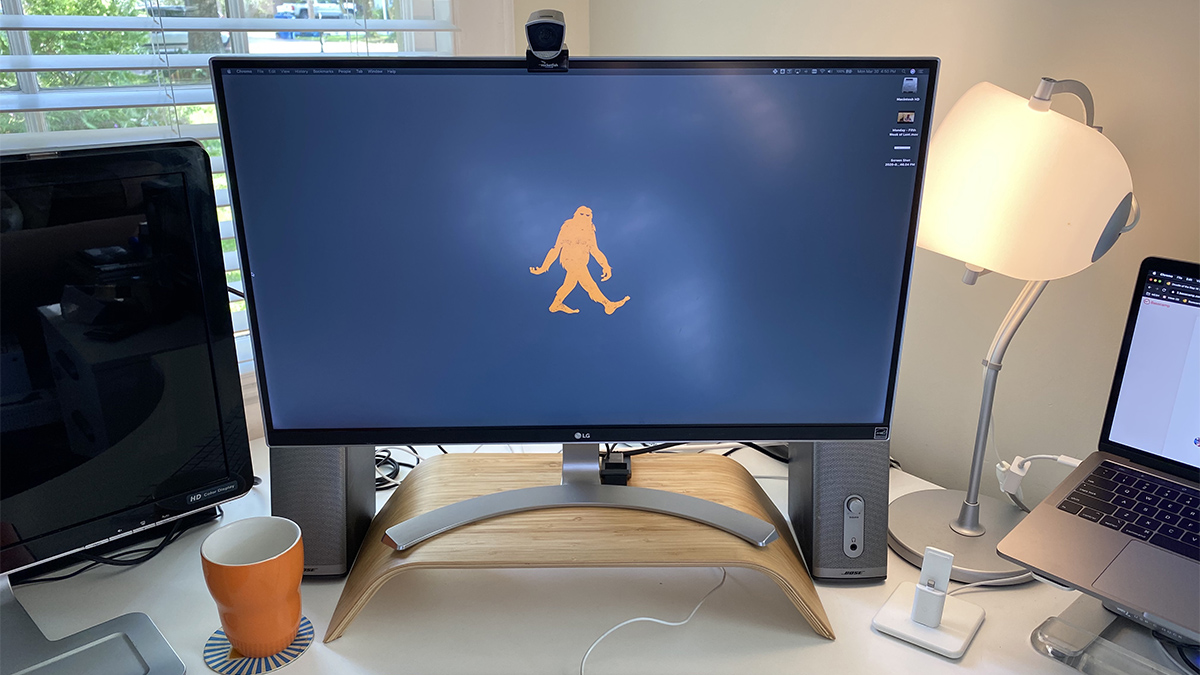As creatives and marketers we need headspace–quiet time to think, ideate, innovate and produce. In the last month and a half our office has been 100% remote. Before COVID-19 we had remote working policies in place, so converting to a fully-remote operation wasn’t a logistical issue, but I wasn’t sure what effects remote working would have on our creative work.
As a creative myself, it became obvious to me after the first week—quarantine was made for creativity.
Growing up, a lot of us creatives spent days in our rooms, thinking, dreaming and creating. We feel a sense of inspiration and a comfort through creation—cooking up an idea, perfecting it and then sharing it with the rest of the world.
When I think about the difference between where we were physically as a company 2 months ago and where we are now, the difference is clear. We are creating without interruption. Our creative teams are getting the chance to fully build out their ideas before sharing with the rest of the team. It gives the team a sense of security to know that they have done everything possible to make the work right before showing it off.
In the world of open office spaces and forced collaboration, this work without interruption was sometimes missing. All of us have been guilty of jumping in when we saw something that was not right, quick to offer suggestions or opinions, and critiquing work at every project milestone. All the while we were slowing the work down, interrupting the creative process, and frustrating the heck out of creative thinkers. After all, creative work is personal and we should afford creatives the opportunity to really feel the work that they’re producing and make it their own…without interruption.
In our industry, creative work is meant to build endearing connections with brands. If we allow creatives the chance to emotionally connect with their own work, perhaps the work would, in turn, connect more emotionally with consumers.
As we move forward to the “new normal”, consider giving creatives headspace, time and focus to develop more emotional, persuasive and connected brands.
